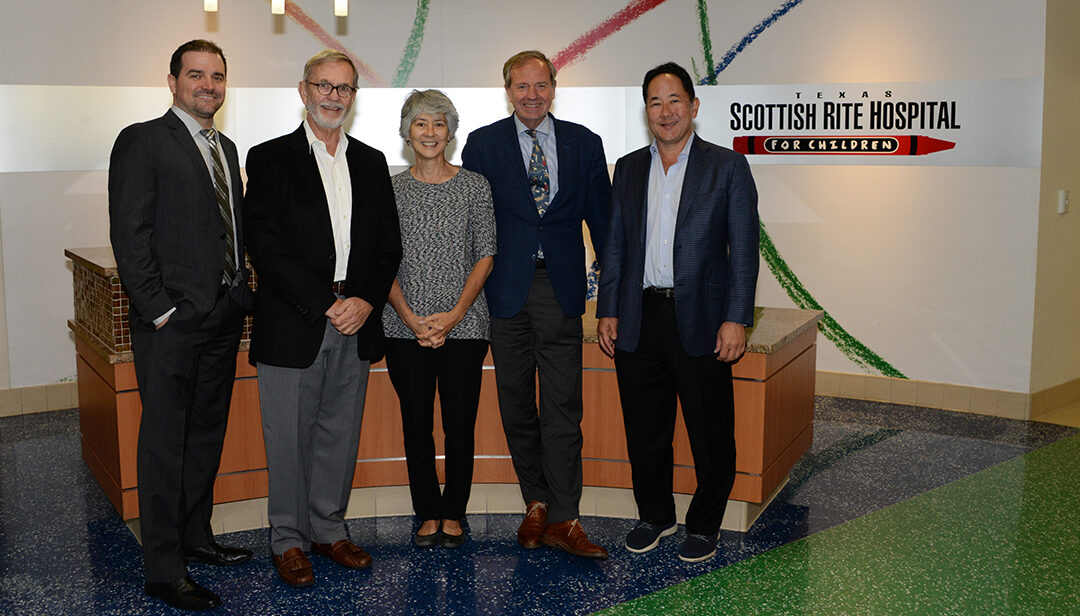
Scottish Rite Hospital Hosts Prestigious Hand Conference
This week, the hospital is hosting the Marybeth Ezaki/Peter Carter Visiting Professorship. Established in 2017, this two-day conference brings together pediatric upper extremity surgeons, as well as other orthopedic surgeons, to discuss the latest treatment techniques in caring for children with complex hand conditions. The visiting professorship is in honor of Marybeth Ezaki and Peter Carter, both former staff hand surgeons who provided world-renowned care and innovation during their time at the hospital.
The hospital is welcoming Steve E.R. Hovius, M.D. – a certified plastic and hand surgeon from Radboud University Medical Centre Nijmegen and at the Xpert Clinic Hand and Wrist Centre Rotterdam. He brings decades of experience, serving as the head of the department of Plastic and Reconstructive Surgery and Hand Surgery at the Erasmus University Medical Centre Rotterdam. The meeting also includes presentations and discussions from hospital staff.
Director of the hand center and co-director for this program Scott Oishi, M.D., FACS, is proud to host such a prestigious group. “Treating pediatric hand conditions can be tricky,” says Oishi. “It requires a specialized team who is dedicated to learning and advancing their techniques. This program is unique in that it brings together hand specialists, both near and far, to discuss the care and treatment of a pediatric hand patient and collaborate on current research.”
Learn more about the hospital’s Center for Excellence in Hand Disorders.


